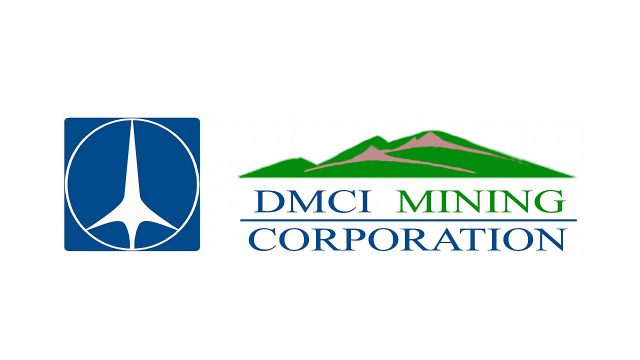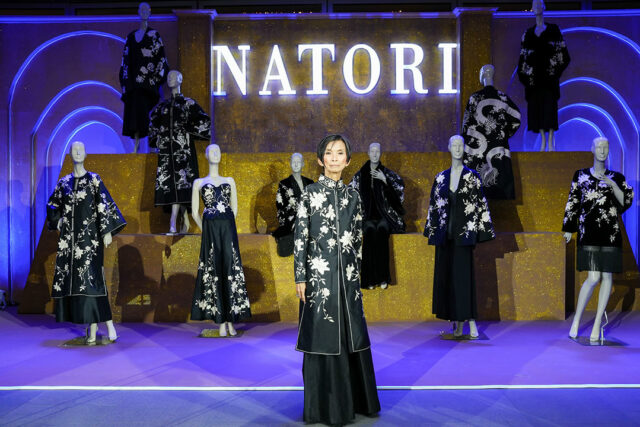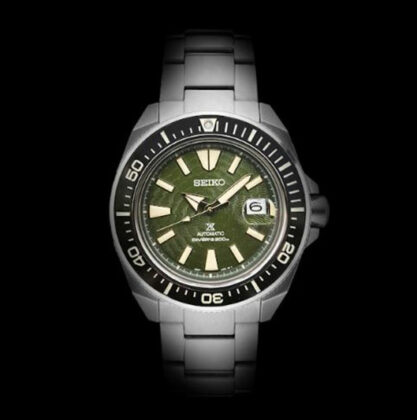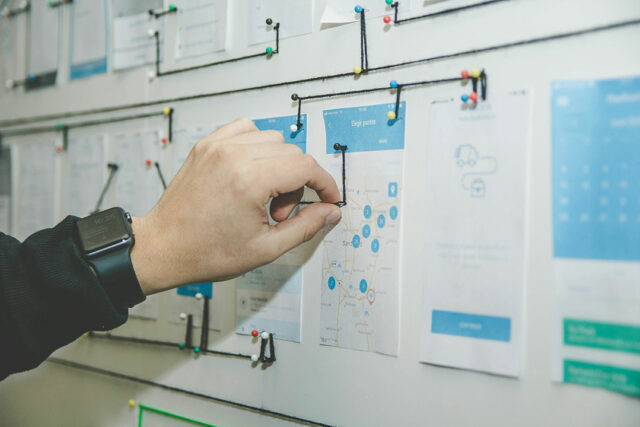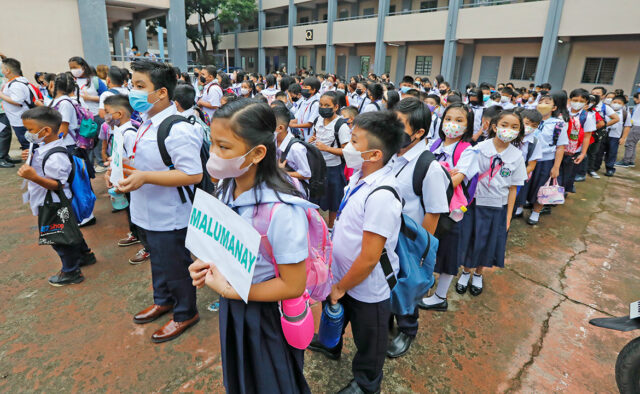Meralco says rate setting is regulated, stringent
Electric utility denies overcharging allegations
POWER RATES for consumers served by Manila Electric Co. (Meralco) undergo a review and confirmation process, the listed electricity seller said on Sunday, as it denied overcharging allegations.
In a media release, the distribution utility (DU) said that “it has no power to unilaterally set its own rates” as these are approved by a regulator — the Energy Regulatory Commission (ERC) — after “a very stringent” and “transparent process” of public hearings.
“I would like to reiterate that as a highly regulated entity, Meralco strictly adheres to the rules governing its operations and franchise and the rates we implement always have prior approval from the regulator. A testament to the strict review, these rates are still subject to periodic confirmation process by the ERC,” Meralco First Vice President and Regulatory Management Head Jose Ronald V. Valles said.
“The proper venue for discussing the refund claims is the ERC, which has the rate-setting power and the regulator has already decided on a refund totaling P48 billion, which Meralco implemented in a timely manner,” he added.
Meralco made the statement in response to claims by Santa Rosa Rep. Dan S. Fernandez during Wednesday’s hearing of the House committee on legislative franchises on the alleged monopolistic and monopsonic practices of Meralco, among others.
“Higit na P160 billion ang sob-ra-sobrang nasingil ng Meralco simula 2012… kung kasama ang interest P200 billion pala dahil sa overcharging at napakataas na weighted average cost of capital (WACC) na hindi nila binago mula noon hanggang ngayon — 14.97%,” Mr. Fernandez said.
(Meralco has overcharged more than P160 billion starting 2012… including the interest, it’s P200 billion due to overcharging and extremely high weighted average cost of capital (WACC) that they have not changed since then until now — 14.97%.)
Meralco said that the setting of WACC is under the function of the regulator and was determined based on a set of rules that underwent public consultations and thorough review by ERC.
The company said its last approved WACC is the lowest given by the regulator under the performance-based Regulation, whether for the National Grid Corp. of the Philippines or a private distribution utility.
“This WACC is an industry WACC that applies to all private DUs in the same category and is not company specific. In addition, Meralco does not have a determined WACC since July 2015 because there was no completed rate reset during that regulatory period up until now,” it added.
Meralco is awaiting the decision of the ERC after it filed for withdrawal and refiling of its application for its fifth regulatory period.
Meanwhile, the DU said that it secures approval from the Department of Energy (DoE) for its power supply procurement plan and the terms of reference (TOR) before conducting a competitive selection process (CSP) to make sure that these are aligned with the requirements and standards set by the government.
“This is contrary to the baseless and malicious claims that Meralco’s TOR is tailor-fitted to favor select generation companies,” Mr. Valles said.
“Our past CSPs conducted are proof that no such tailor-fitting is happening, precisely because the TOR and other bidding documents are required to comply with existing policies of DoE and regulations of ERC, and the resulting Power Supply Agreement needs to be approved by regulator,” he added.
Currently, Meralco is conducting the rebidding for the procurement of its 1,800-megawatt power supply requirement. Six companies expressed interest to participate, which the DU said proves that “there is competition” and it could get the least cost supply for its customers through the process.
“The CSP is a very transparent process, and the resulting PSAs from this bidding will still be subject to the review and approval of the ERC,” Mr. Valles said.
Meralco’s controlling stakeholder, Beacon Electric Asset Holdings, Inc., is partly owned by PLDT Inc.
Hastings Holdings, Inc., a unit of PLDT Beneficial Trust Fund subsidiary MediaQuest Holdings, Inc., has an interest in BusinessWorld through the Philippine Star Group, which it controls. — Sheldeen Joy Talavera


